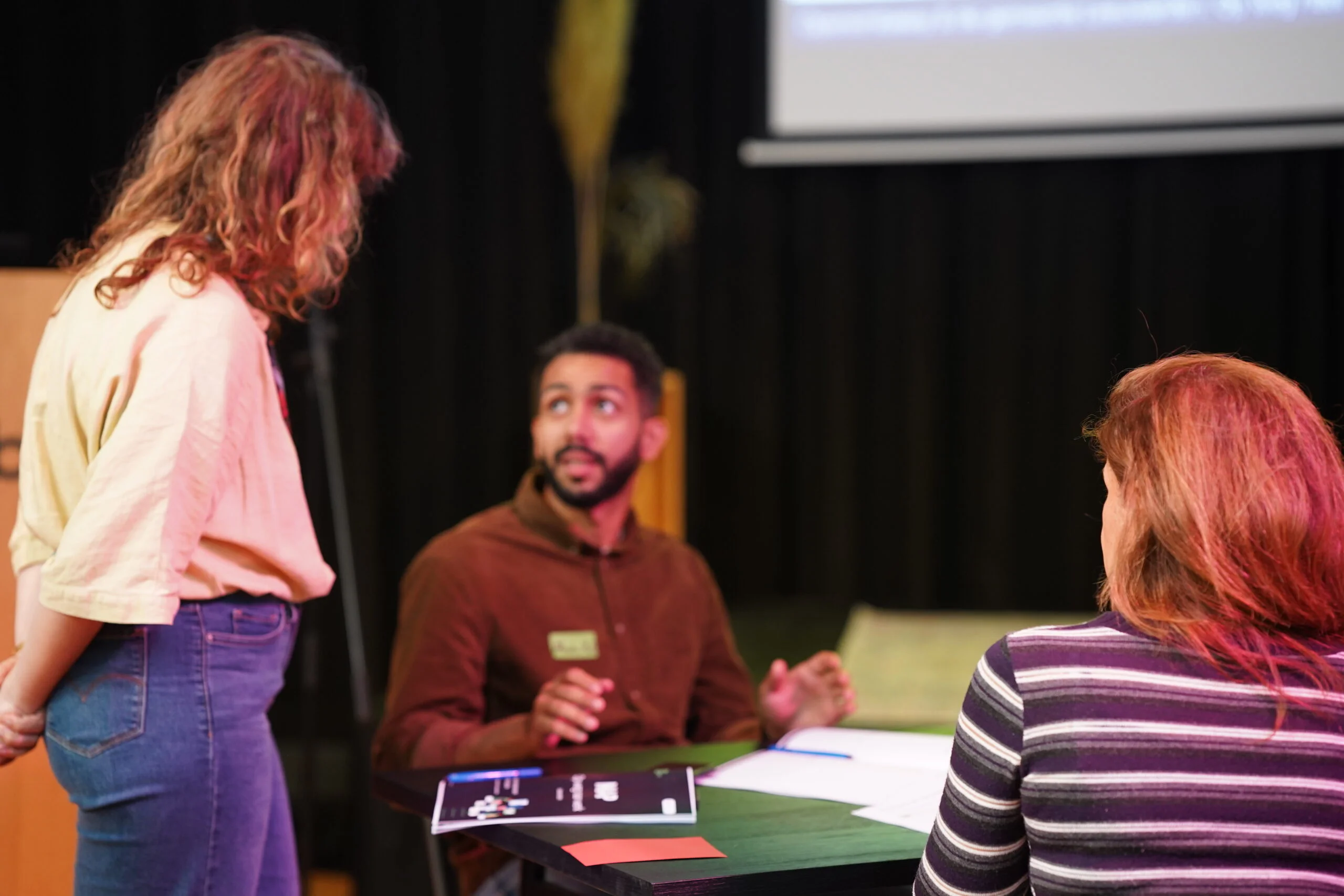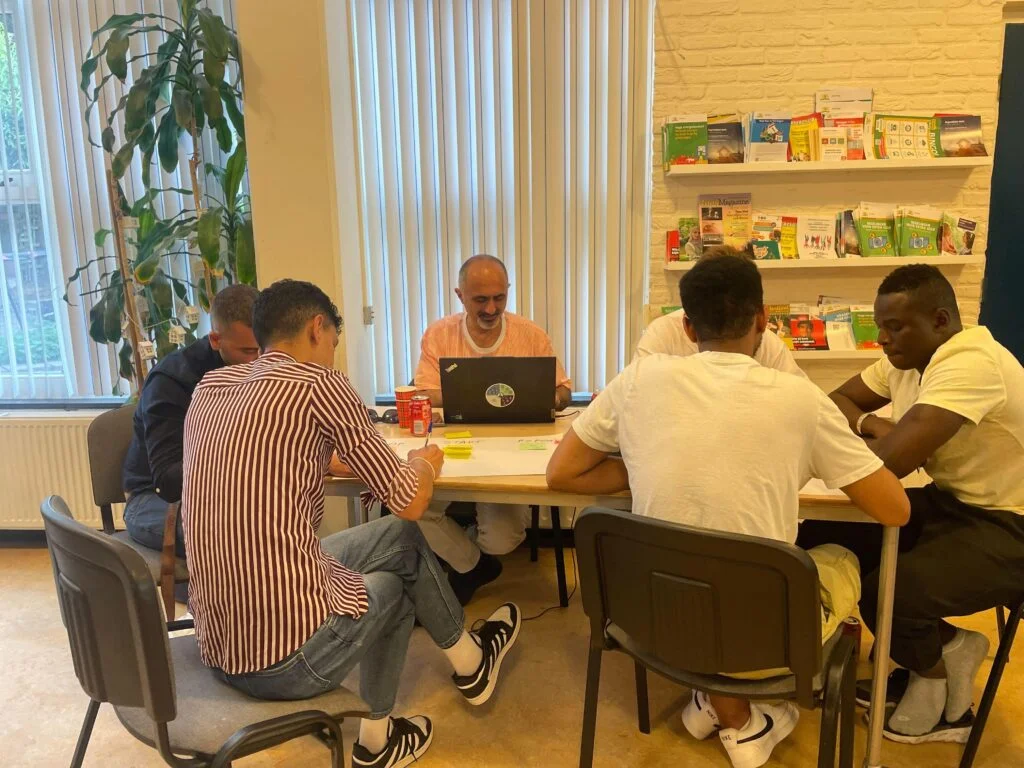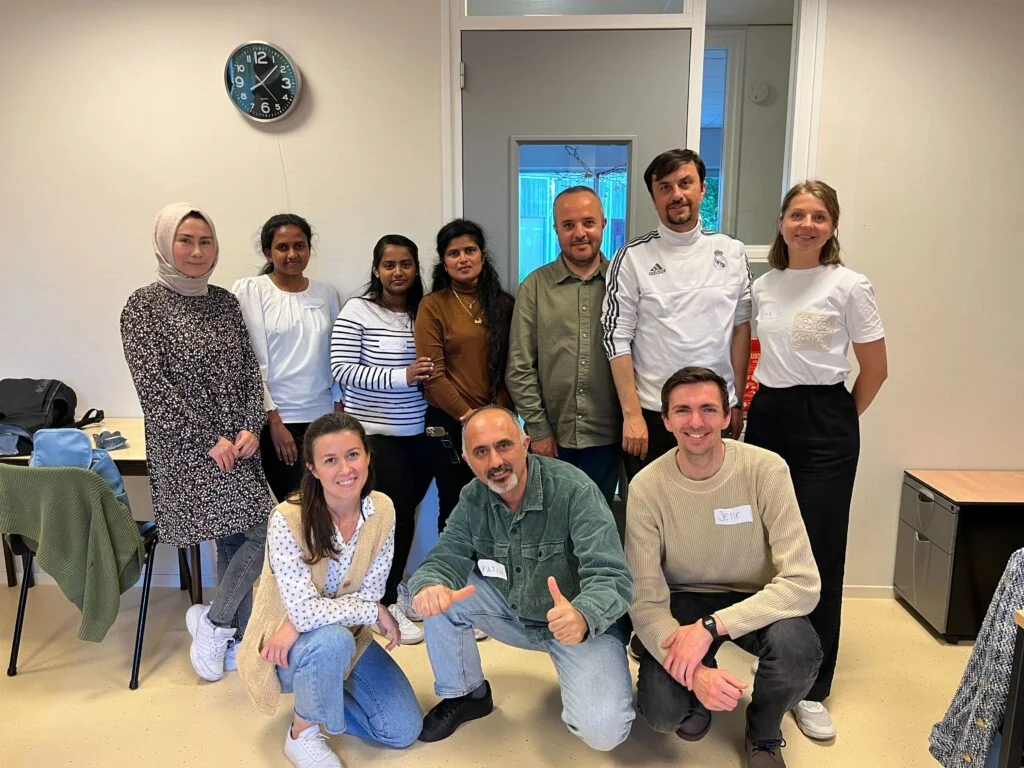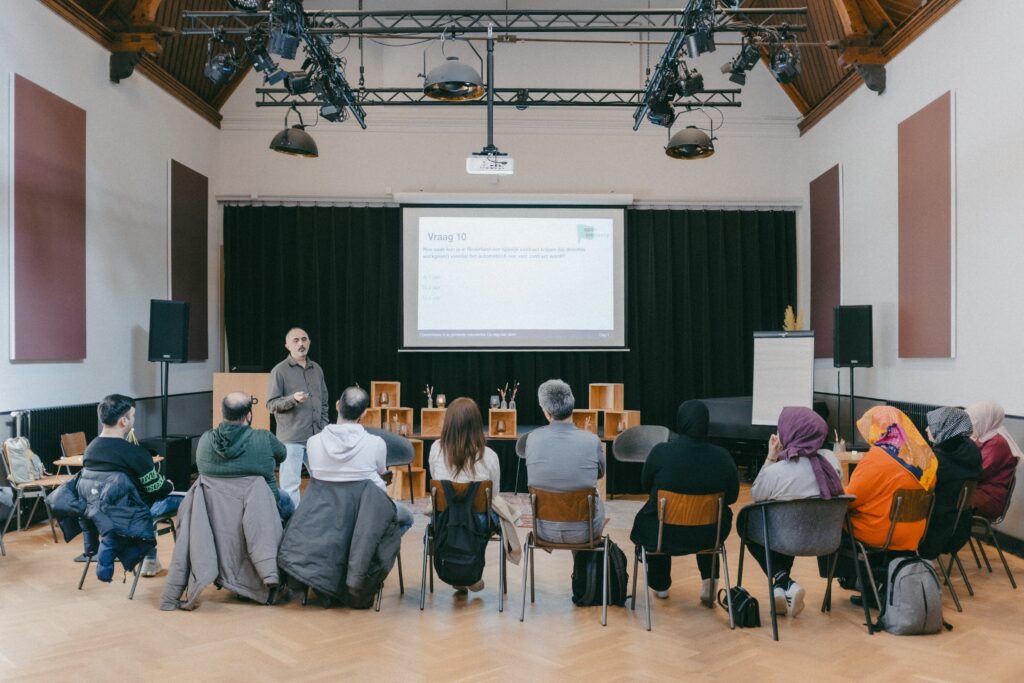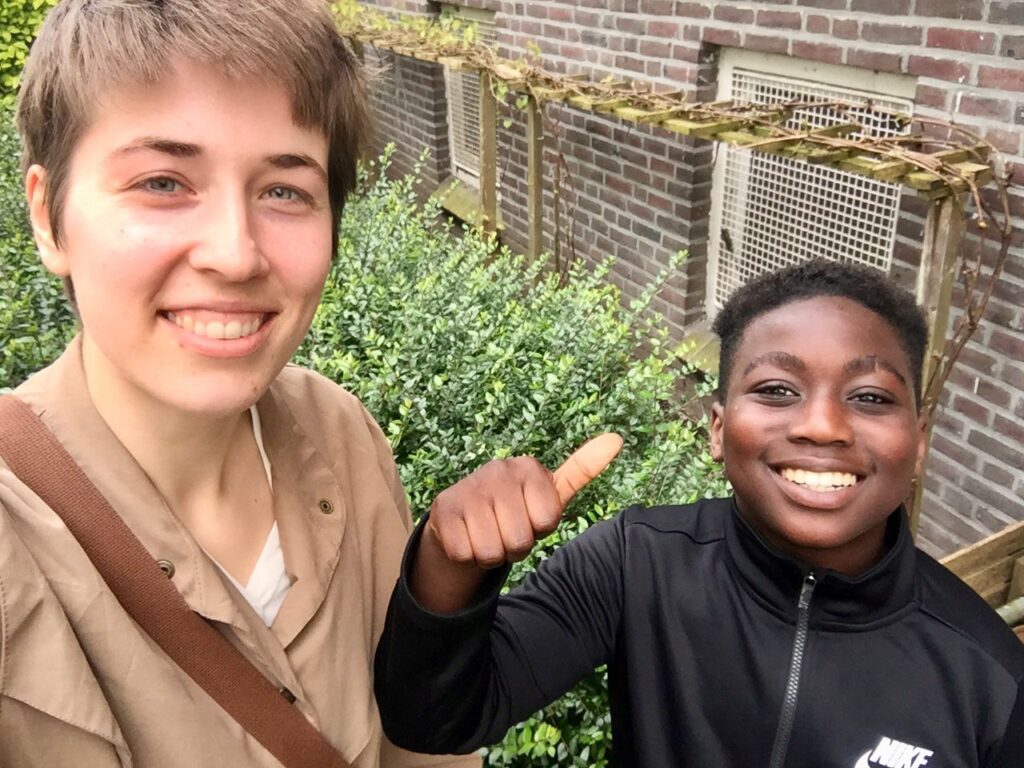On February 20, OpenEmbassy, Regioplan and BMC organized the Online Knowledge Session Perspective Civic Integration. The session focused on the experiences of persons integrating, based on the second report of the multi-year research commissioned by the Ministry of Social Affairs and Employment. The report discussed four main themes that participants in civic integration themselves consider important: Customization, Provision of Information, Duality and Family Migrants. In this article, we zoom in on the third theme: duality - or combining language lessons and participation.
Why duality in integration?
The Civic Integration Act 2021 seeks an integrated approach: persons integrating must both learn the language and participate directly. In practice, this "duality in integration" proves valuable, but also complex. How do persons integrating experience this combination? And how feasible is it to simultaneously learn a language, work or do volunteer work?
The idea behind duality is clear: by directly applying language in practice, the learning process is accelerated and the sense of independence grows. In addition, participation from the beginning contributes to integration, self-confidence and orientation towards work. Language and participation reinforce each other, if well matched.
What is going well?
The study shows that some integrationists do well in combining language and participation in integration:
- Some municipalities and employers offer pathways in which work and language learning are aligned.
- Language classes sometimes focus on professional language or work-related topics; this increases the usefulness of the lessons.
- Some municipalities offer good guidance on how to find (volunteer) work, such as diploma evaluation, resume preparation and contact information for (volunteer) work opportunities.
"I'm doing a traineeship at a university. This was a golden opportunity: three days of internship, two days of school." - research participant
What do integrationists run into?
At the same time, combining work and language, is difficult for many people. In the research and during the knowledge session, several obstacles to duality in integration emerged:
- Time and energy: Persons integrating experience it as heavy to work (almost) full time and also to follow intensive language lessons. Especially in combination with a family, or physical/mental health problems.
- Class schedules and work hours do not align well.
- Employers are reluctant: They often wait for integrationists to pass the language level first before offering a job.
- Risk of dropping out: family migrants in particular report that the pathway is sometimes too hard to sustain.
- Obstructing regulations: for example, the loss of travel reimbursement in paid work.
- Volunteer work, classes or participation hours do not sufficiently connect to increasing job opportunities.
"It's hard to find the balance between the two. I work 12 hours at DHL. At some point you have to make a decision." - male, 25, from Syria
What could be better?
Tijdens de kennissessie zijn concrete aanbevelingen besproken om de dualiteit in de inburgering werkbaar te maken, zoals:
- Make language classes more flexible and compatible with work rhythms. Consider evening classes, online classes or customized scheduling.
- Increase the commitment to language in the workplace. For example, by integrating professional language into language classes, professional language training or language coaching in the workplace.
- Provide good guidance to employers and learning work companies. Not only in matching, but also in explaining what is feasible for integrationists.
- Avoid financial incentives that discourage participation. Consider retention allowances and reimbursement for travel expenses.
- Encourage contact with Dutch colleagues or volunteers. You learn language fastest by using it often and practicing it outside the classroom.
"What I need is more language skills to access jobs/understand online, but also to perform the work itself." - male, 42, Syria, Z-route
What can we learn from this?
Duality is a powerful driver for successful integration, but it only works if the pathway is realistic and well-tuned. This requires cooperation between municipalities, language providers, employers and the person integrating himself. There is no one solution for all, but there are clear starting points: be flexible, support the combination of learning and doing, and take into account the reality of persons integrating.
Online Knowledge Session
Meer weten over hoe inburgeraars deze combinatie ervaren? Doe mee met de Online Kennissessie op 27 november. En ga in gesprek met experts van OpenEmbassy, Regioplan en BMC.
